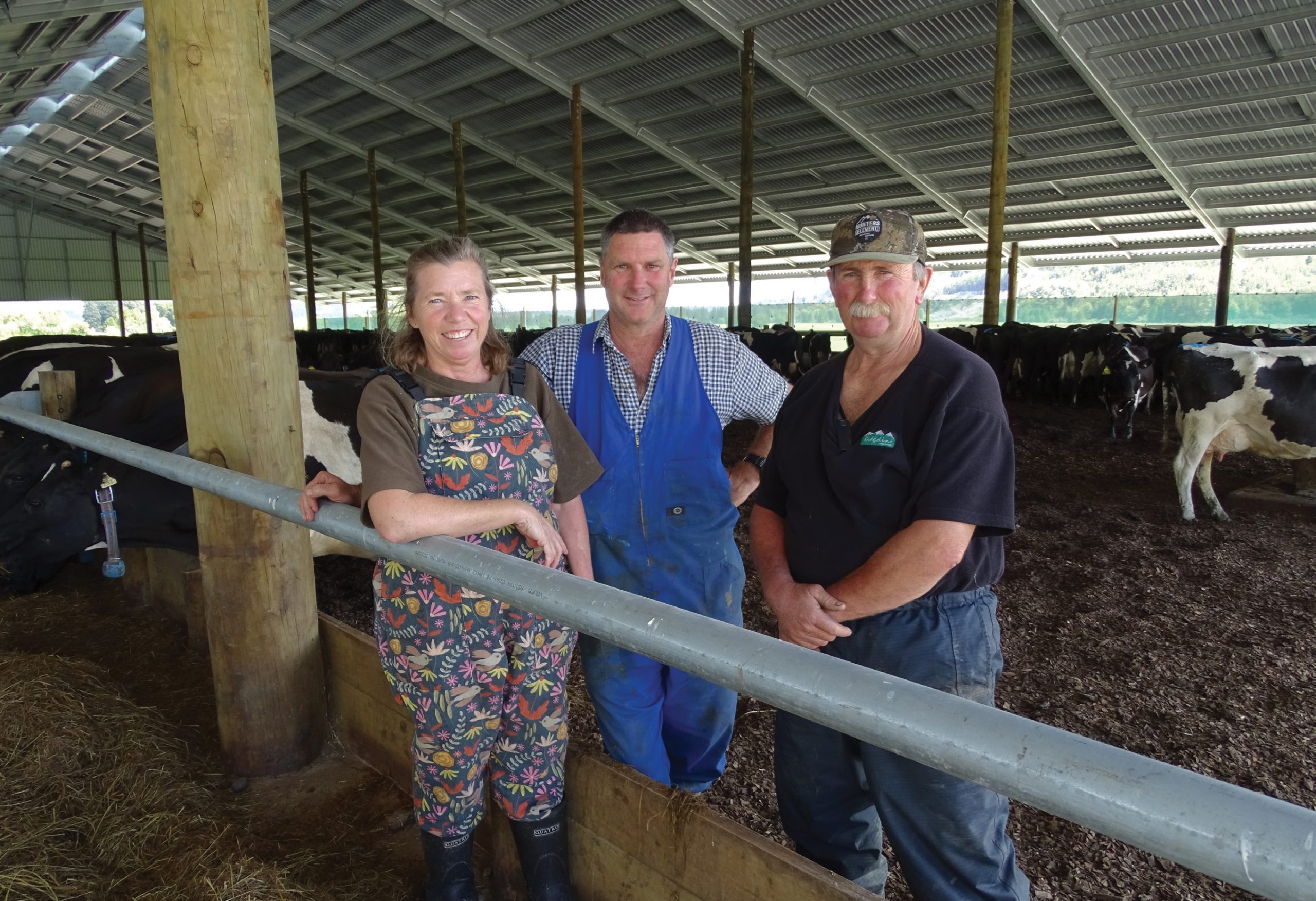
Adapting to compost - Murray Coates
Composting barns allowed Murray and Gaye Coates to quit winter crops and reduce soil damage, potential phosphate loss from mud and nitrogen leaching on their West Coast farm.
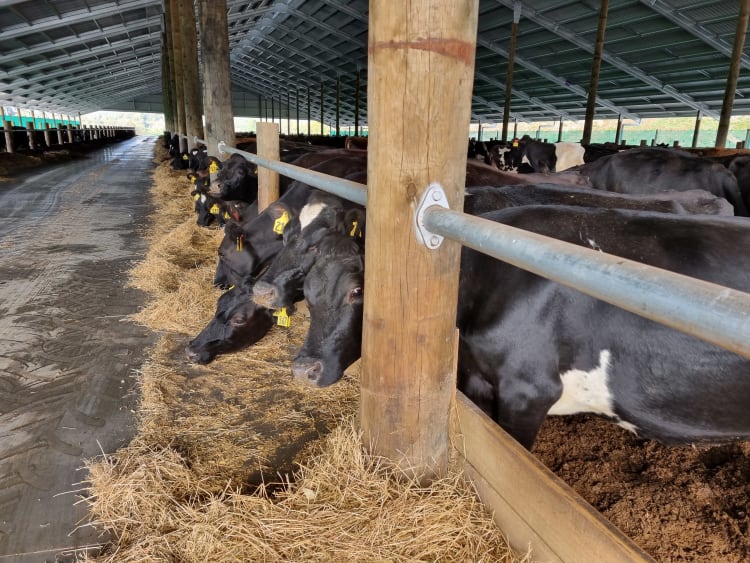
‘Wet Coast’ cow cockies say ‘get off the grass’ to new rules
When stock wintering rules designed to protect waterways were imposed on a century-old South Island dairying property, the owners bet their nest egg on building an enormous barn
Composting barn better for cows and land, says Karamea farmer
Frano Volkman's cows will soon be snuggling up on a thick bed of woodchips and sawdust in their new 6,300m2 composting barn.
The organic fertiliser formed underneath Volkman's herd will be spread onto the paddocks of his Little Wanganui dairy farm.
A composting barn - or composting bedded pack barn - runs on organic materials that decompose over time, reducing the need for synthetic fertiliser.
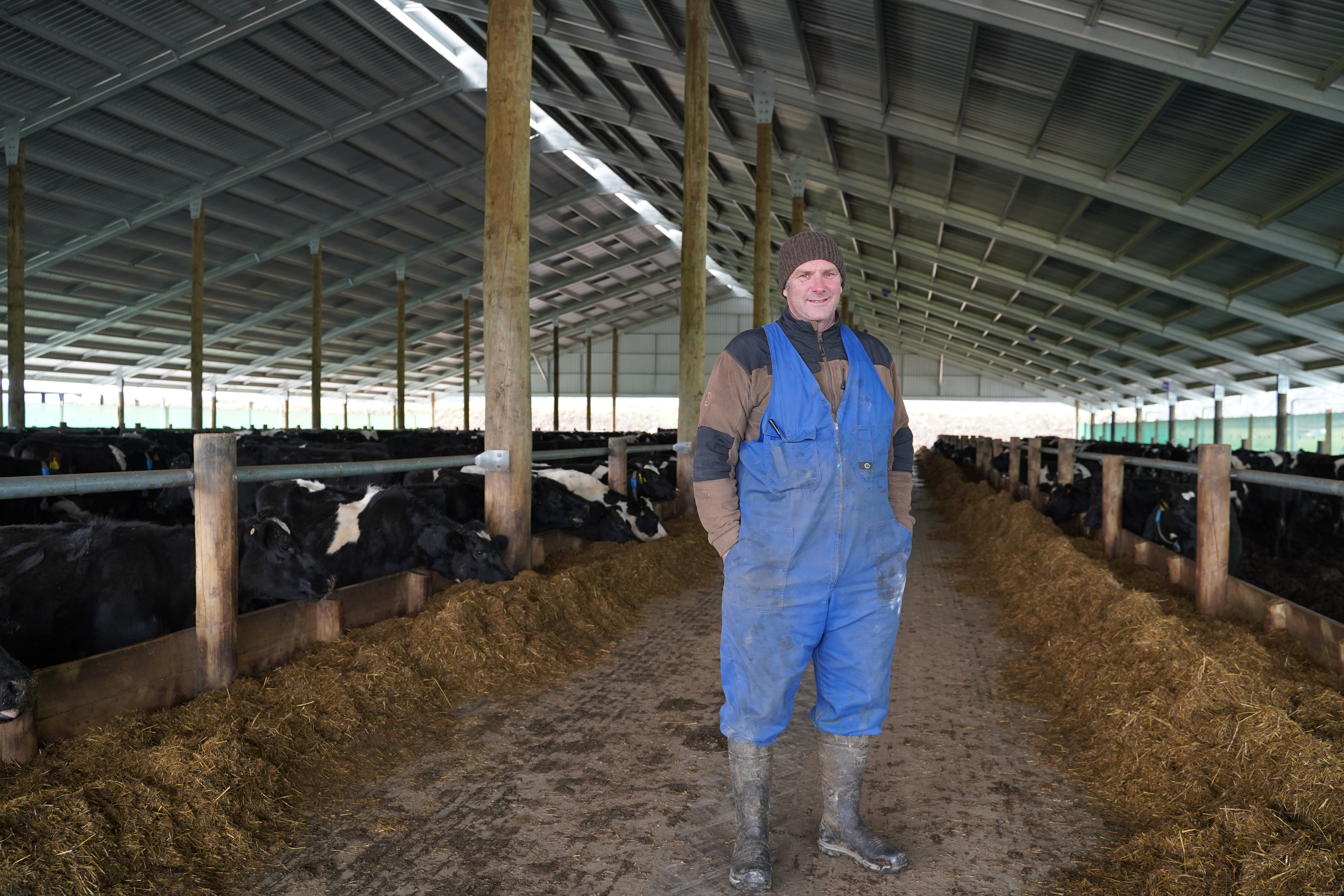
How dairy farmers are creating environmentally-friendly ‘Mootels’
Dairy farmers have been adapting to meet new Government regulations to protect waterways with one successful innovation being the composting cow barn.
REDnews spoke to dairy farmer and Westpac customer Murray Coates who has undertaken a large-scale project to build two massive composting cow barns that will each shelter 400 cows on his farm on the South Island’s West Coast.
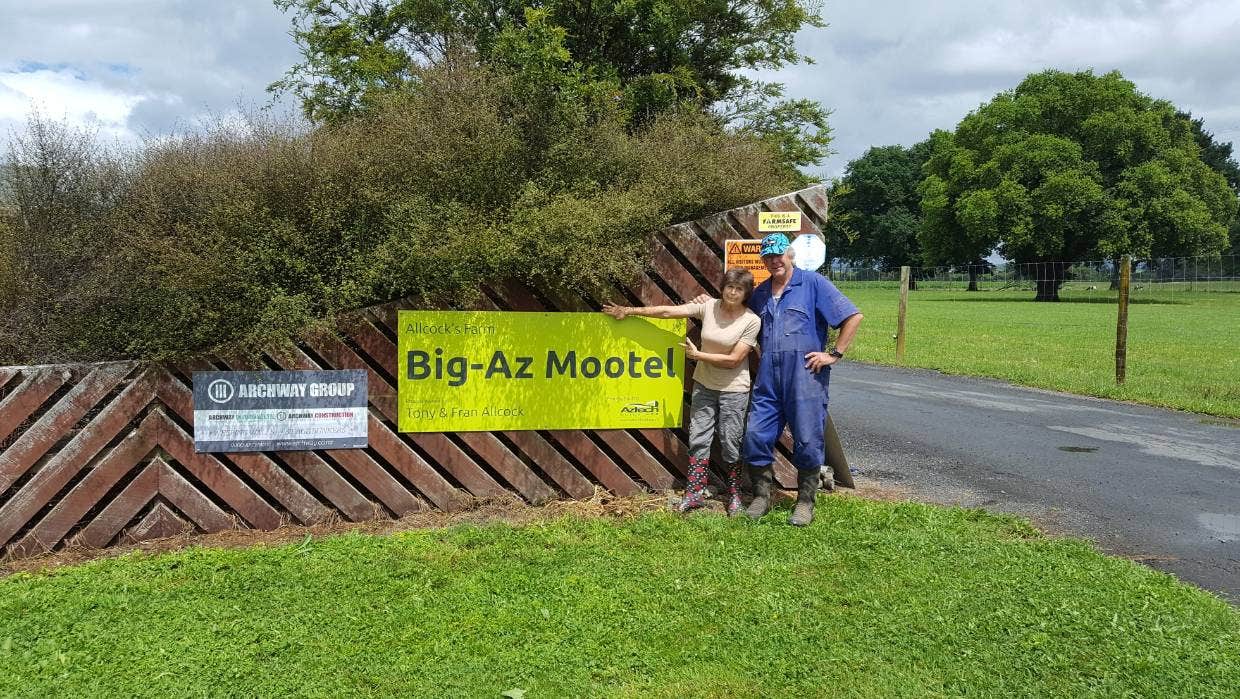
‘Complete package’ self-composting cow barn has triple-bottom-line benefits
Tony Allcock had a vision: a cow 'moo-tel' on his Waikato dairy farm.
His idea was virtually unique in New Zealand: a self-composting barn that reduced environmental impact, increased milk production and transformed the housing conditions of his 270 cows.
It was a bold vision, but a challenge that Aztech Buildings rose to meet.
Four years on, the Allcock's barn is delivering in every aspect.
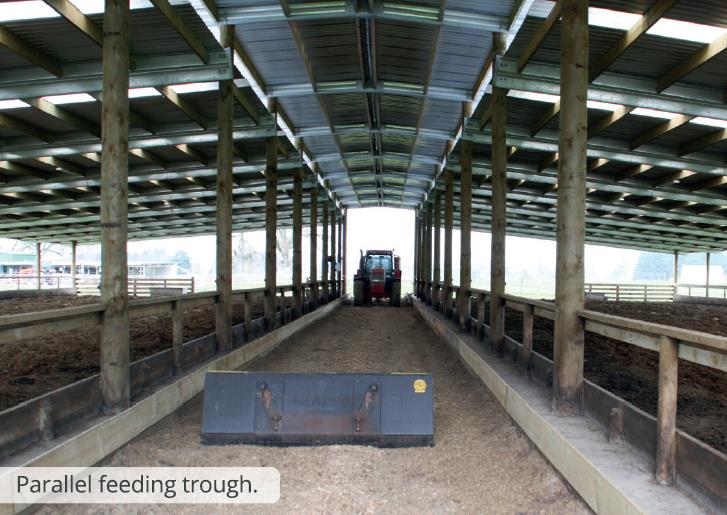
World Class Composting Barn Transforms Animal Welfare for Tony and Fran Allcock
Dairy Farmer, Tony Allcock, of Holyhead Farm, chose Aztech Buildings to work with when he wanted to upgrade his existing barn.
Tony and Fran had a united vision to reduce their environmental impact. Coupled with this they also wanted to increase their production (without adding to the herd) and transform the housing conditions for their 270 cows. Working with Aztech Buildings to deliver their now world-class composting barn enabled them to achieve these goals (along with a few other benefits they didn’t expect along the way).
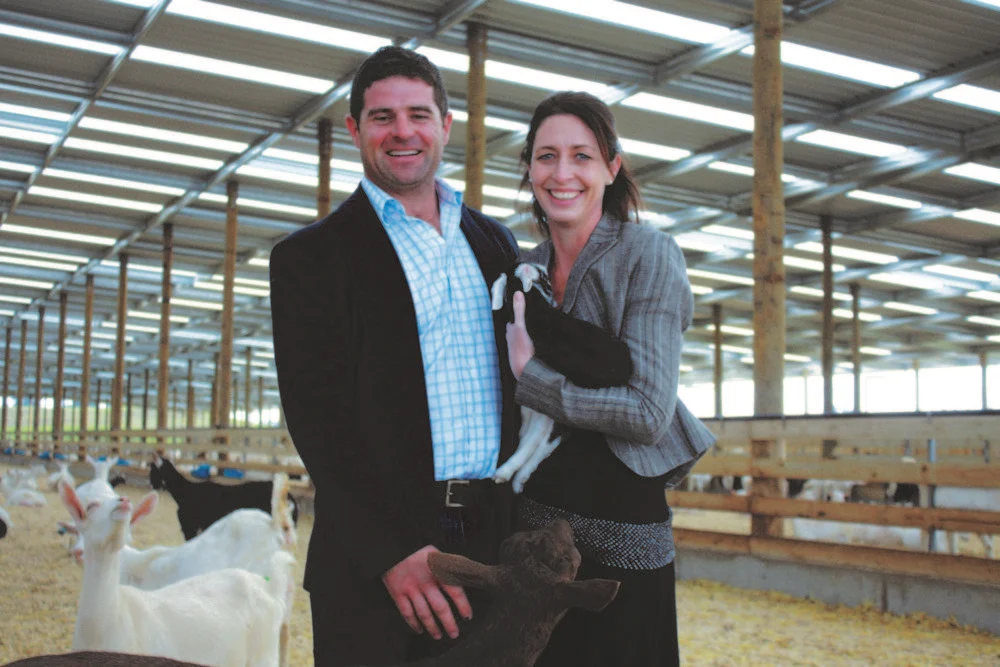
No Kidding Around with Goats!
From the very start, Matt and Sarah Bolton had a vision for their goat operation – to be one of the best. In 2014, the couple...
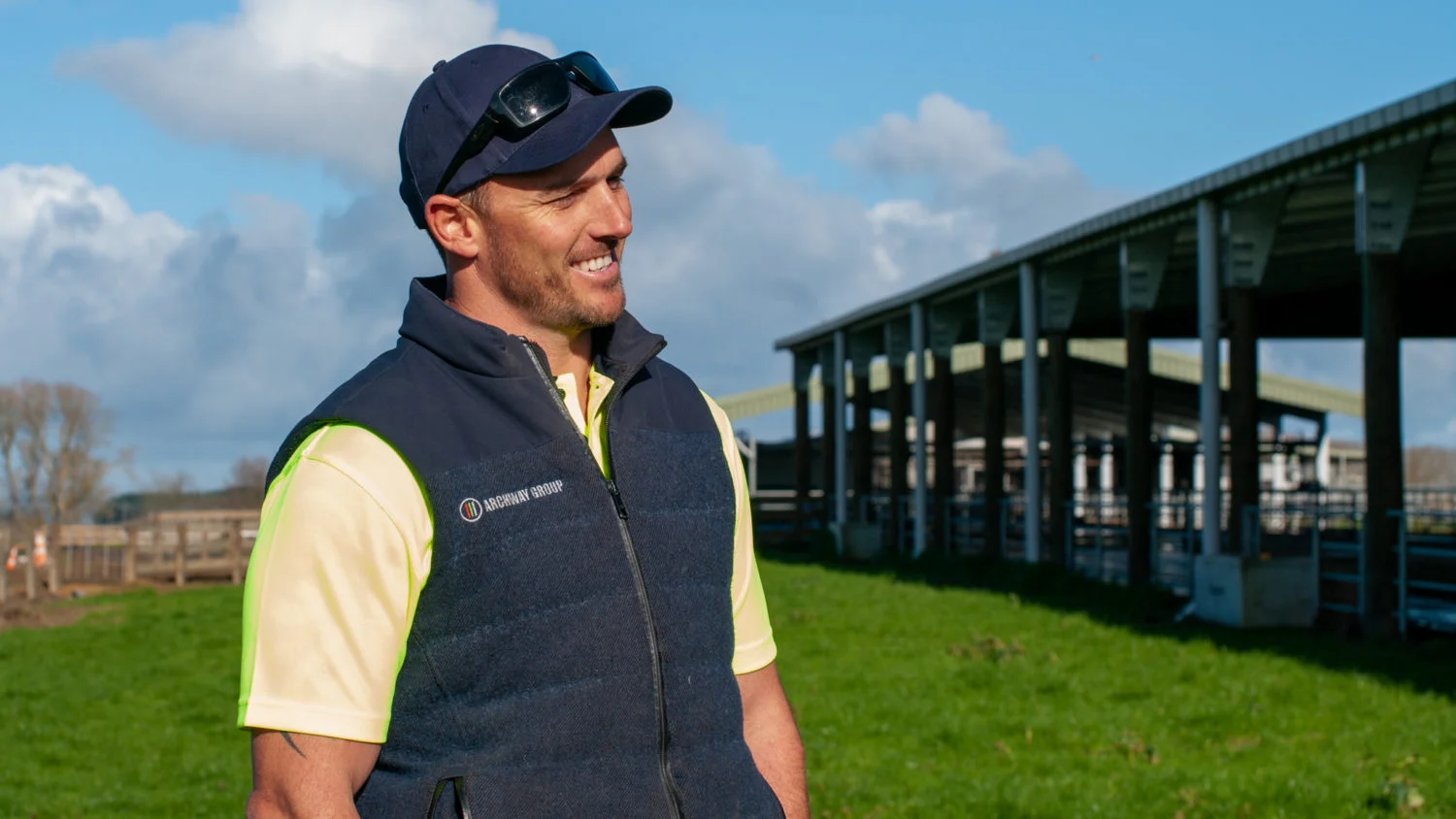
Feed pad Cover transforms local Dairy Farmers Cow Welfare and Production
On paper, Simpson Farms are enjoying benefits and...
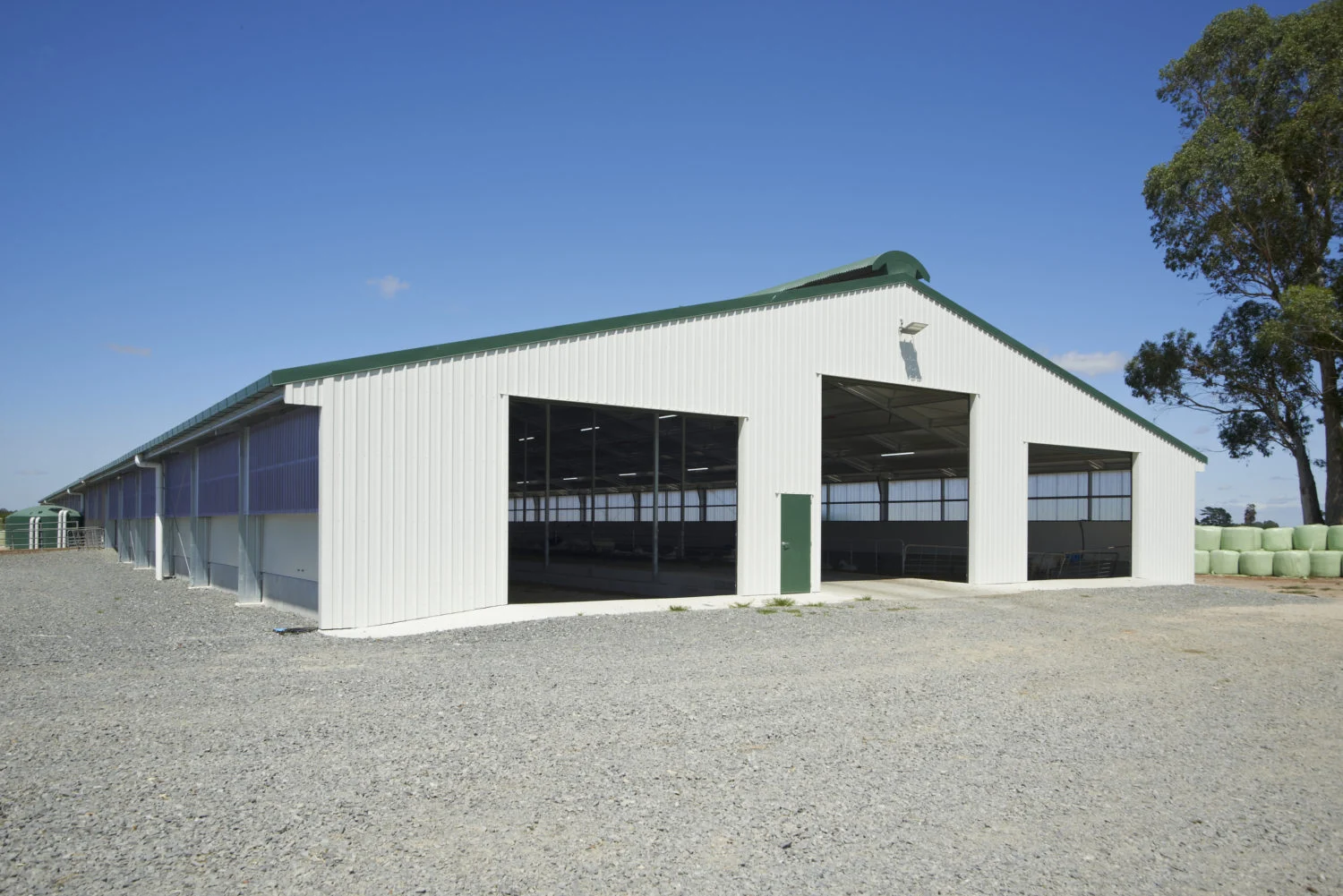
Building a Rural Goat Farm That Helps Increase Production
Building a Rural Goat Farm That Helps Increase Production With 35 years of experience of farming...
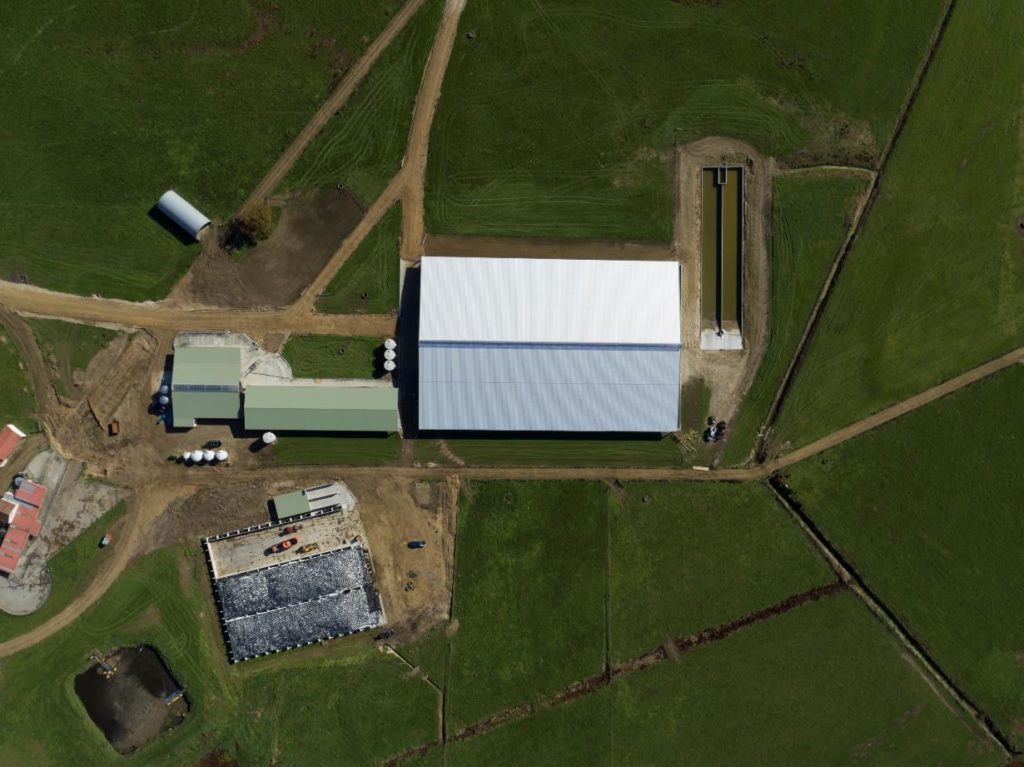
Putting Cow Comfort First with Customised Farm Sheds at the Simpson Farm
Simpson Farms used to run two 44-aside herringbone sheds with half their herd milked in each.
However, in 2018 Mike and Trevor Simpson decided it was time to make a change. They were driven by a desire to improve animal welfare, increase production levels, protect pasture and reduce the environmental impacts of the farm.
After an extensive research process, the solution they chose involved constructing a huge 6100 metre-squared feed pad with feed and water troughs to cater for the whole herd in one sitting. Above it, a feed pad cover to provide shade and shelter for increased cow comfort and to
divert rainfall from the feed pad, resulting in less effluent to be managed.

Animal sheltering system removes stress from day-to-day farm life for PJ Williams and Joyce Wheadon
In 2017, Dairy farmer PJ Williams and farm owner, Joyce Wheadon decided it was time to update their old stand-off pad. Although it was compliant, it had degraded, and PJ had reached the point where he didn’t feel like he wanted to put his cows in it anymore.
Animal welfare is incredibly important to them both and they wanted a fresh, clean shelter for the cows that would stand the test of time.
PJ researched shed housing options with three clear objectives: he didn’t want a messy untidy structure that would be an eyesore; to improve animal welfare; and he wanted an ‘animal sheltering system’ that was multi-purpose, and as effective in the summer months as it was in the winter months.